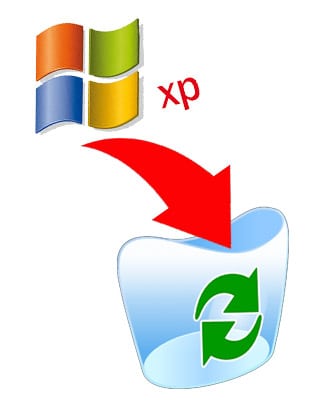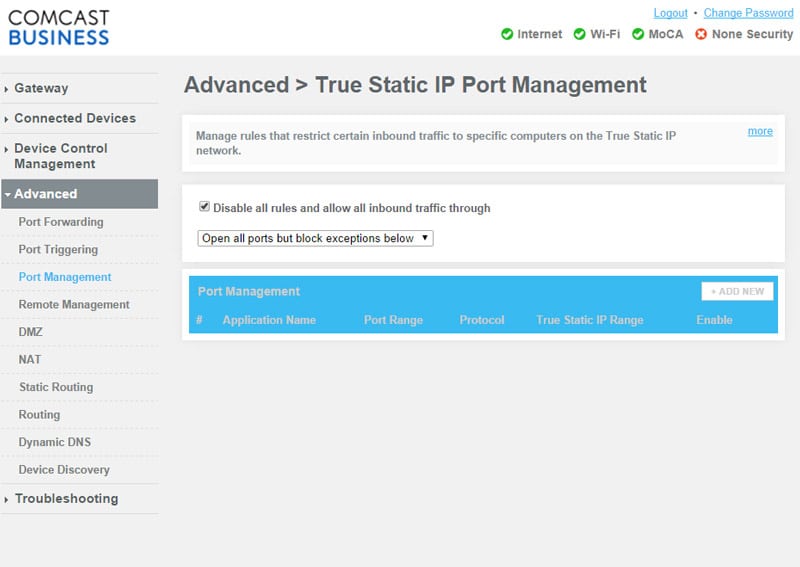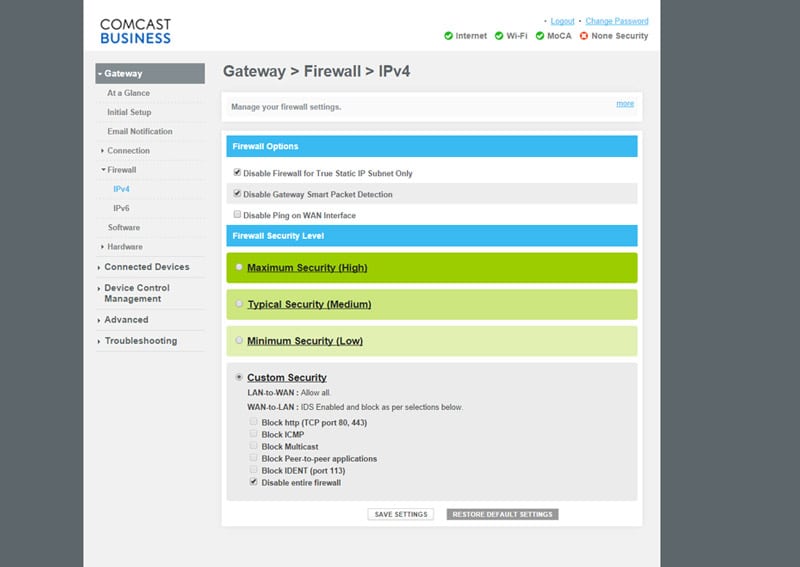 If you’re still using Windows XP on any of your computers, it’s extremely important for you to know – Microsoft stopped releasing security updates and supporting the Operating system on April 8th 2014.
If you’re still using Windows XP on any of your computers, it’s extremely important for you to know – Microsoft stopped releasing security updates and supporting the Operating system on April 8th 2014.
If you haven’t weighed the risk of staying with Windows XP against the benefits of migrating to a newer version of Windows right away – here are 6 reasons you should consider.
- Improved security – As a business owner if this reason alone doesn’t give you the push into windows 7 or 8 I’d be surprised. Cyber criminals and hackers have been looking forward to April 8th as any exploits that become known will be easy for them to take advantage of. To prevent company or client loss of data and protect your computing environment, newer versions of Windows offer advanced security features that are much more difficult to exploit. Not upgrading is a huge liability for your business.
- Continued vendor support – If they haven’t already, it’s only a matter of time before all hardware and software vendors stop supporting Windows XP and your network. By moving to a newer version of Windows, you’ll ensure ongoing vendor support is available.
- Increased productivity – Because newer versions of Windows are more stable and reliable than Windows XP, you’ll experience faster performance, less downtime, fewer glitches and enhanced mobile capabilities with newer applications.
- Improved performance – Windows XP is obsolete with dated coding, takes much, much longer to launch applications, and is much slower going into and coming out of hibernation mode than newer Windows versions.
- Better browsing experience – Since Windows XP doesn’t support Microsoft Internet Explorer above version 8, web browsing will become more dangerous and less compatible with many newer sites utilizing new programming.
- New features – The latest Windows versions offer simpler interfaces, and a variety of new features that significantly increased security and reliability – all of which translate to much less downtime and much improved productivity.
Call us today so we can offer the most economical path to replacement.





 SAN FRANCISCO – The U.S. Department of Homeland security is advising Americans not to use the Internet Explorer Web browser until a fix is found for a serious security flaw that came to light over the weekend.
SAN FRANCISCO – The U.S. Department of Homeland security is advising Americans not to use the Internet Explorer Web browser until a fix is found for a serious security flaw that came to light over the weekend.